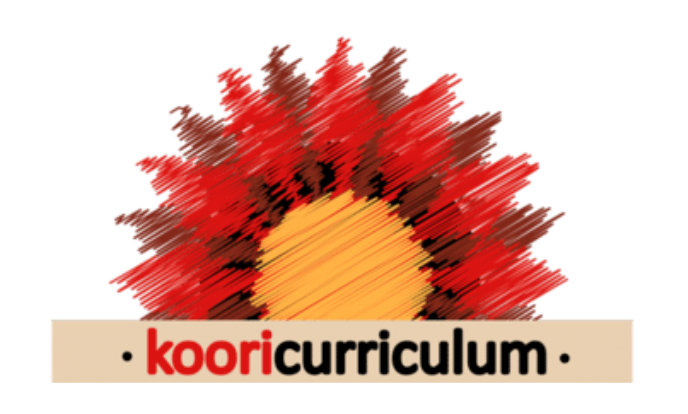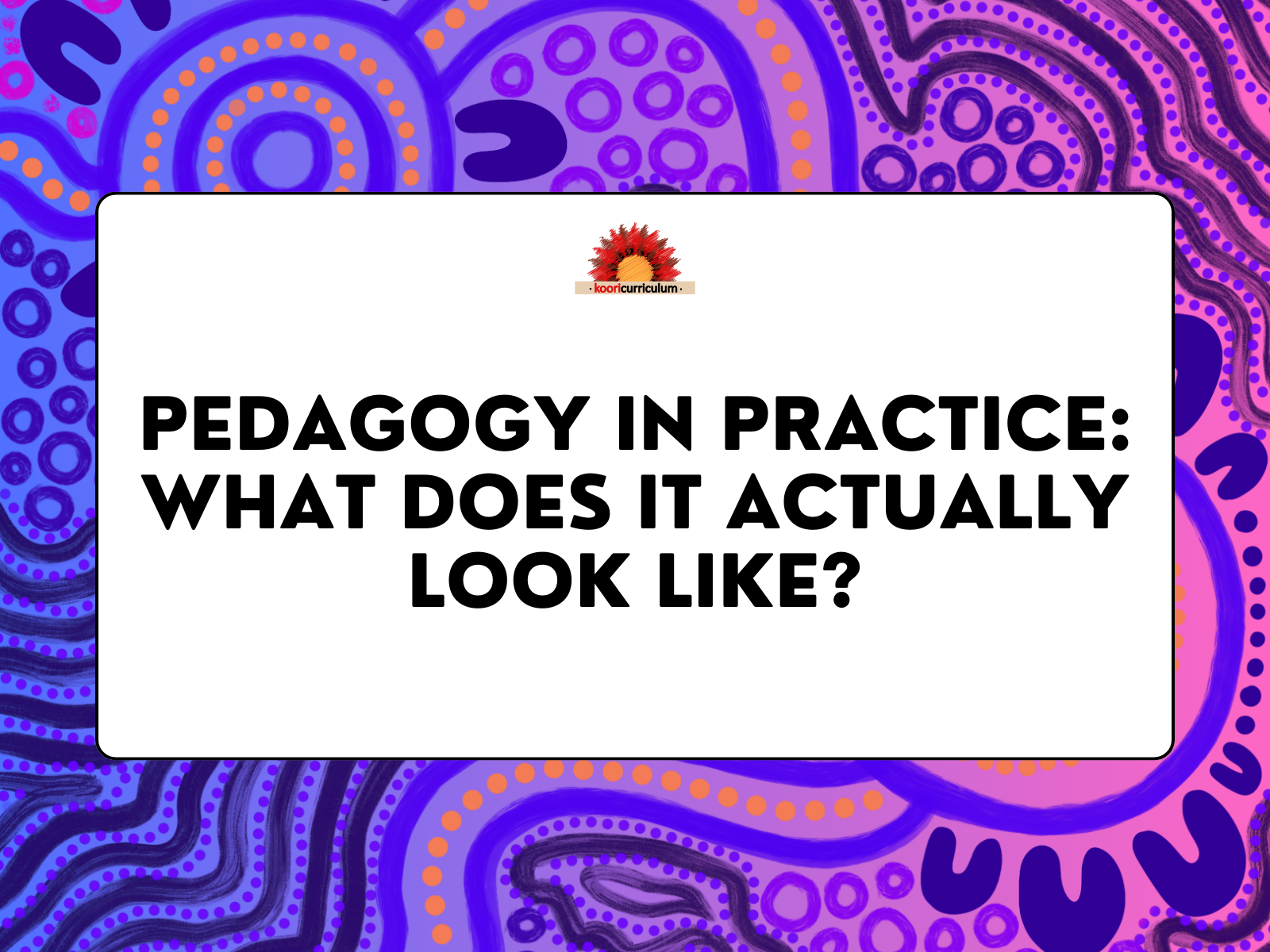Pedagogical theory is essential, but it’s not always easy to translate into practice. Many educators find themselves questioning:
What does my pedagogy look like in action?
How can we bridge the gap between theory and real-world classroom experiences?
One of the most powerful ways to bring pedagogy to life is by integrating frameworks like the 8 Ways of Learning. Let’s explore how this approach can be practically applied in a child-led inquiry on constructing homes.
Here are the 8 Ways of Learning in action, alongside a description of each principle and how it can look in practice:
1. Story Sharing: Storytelling and sharing narratives are a powerful way to make learning meaningful and relatable. This is about children connecting their personal narratives and experiences to curriculum.
Example: Start with pictures of children’s homes, reflecting on their cultural backgrounds, family stories, and personal connections. This allows children to share their experiences and values with each other and fosters a sense of belonging.
2. Community Links: Learning is strengthened through connections with the wider community.
Example: Take a walk in the neighbourhood to observe different types of homes. Who are the people who live around us? Who are our neighbours? We might observe aged care homes, units, mobile homes and/or homelessness.
3. Non-verbal Expression: Non-verbal learning gives children space to express understanding through actions and creations. This hands on and kinaesthetic.
Example: Encourage children to draw or construct homes using a variety of materials. This process allows them to explore their ideas and understanding of “home” through hands-on engagement. Additionally, we might share traditional ways of making homes by mob. What engineering techniques did they use?
4. Symbols and Images: Visual tools support and enhance learning by making abstract concepts tangible.
Example: Incorporate blueprints, photos, and stage builds to support children’s exploration of architectural concepts. These symbols help them understand the steps in construction and the idea of planning. Additionally, we might use the Google satellite to view our community and have photos of children’s homes in the classroom.
5. Non-linear Learning: Learning is not always linear. Children often move back and forth, revisiting ideas and processes.
Example: make connections between this interest and precious enquiries. Follow children’s lead and don’t have a pre determined start and end point.
6. Land Links: Deep connections to the land and nature are fundamental in understanding the environment.
Example: explore animal homes on Country
7. Deconstruct and Reconstruct: This principle emphasizes the importance of breaking down concepts and building them back up again.
Example: we may have multiple tangents of learning that are a part of this topic:
-
social justice issues of refugees, housing crises and homelessness
-
environmental issues such as the loss of animal habits when building homes
-
belonging, culture and identity who is in our home and what do we do there?
-
engineering and architecture
8. Learning Maps: Learning maps help children visualize their learning journey, making it clear what they’ve done and where they are headed.
Example: Use learning maps to display the journey in a way that is understood and accessible to children
By using these 8 Ways of Learning, we create a more dynamic, holistic learning environment that values process over product and allows children to deeply engage with their learning experiences.
Can you clearly explain your pedagogy to families, colleagues, or assessors?




